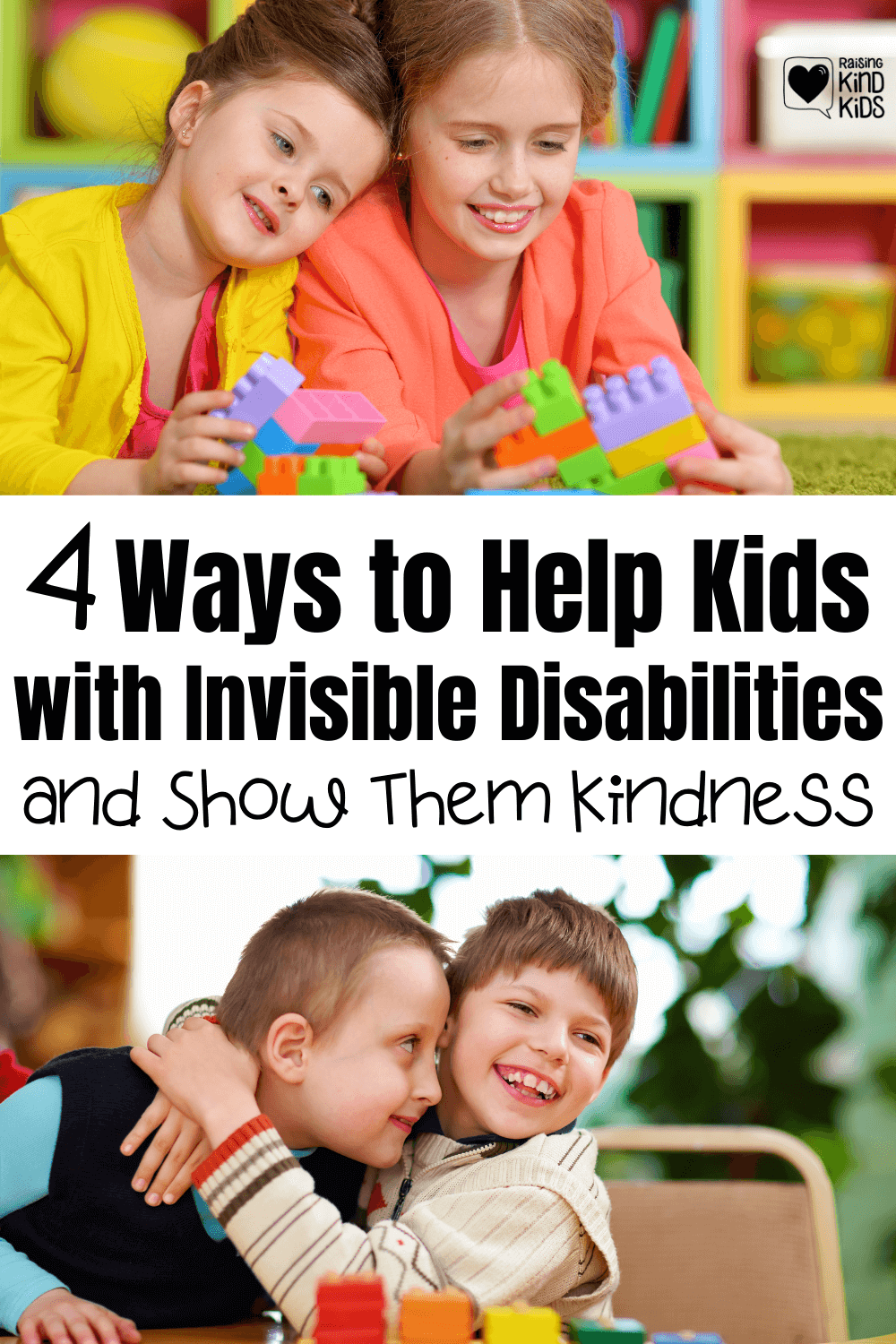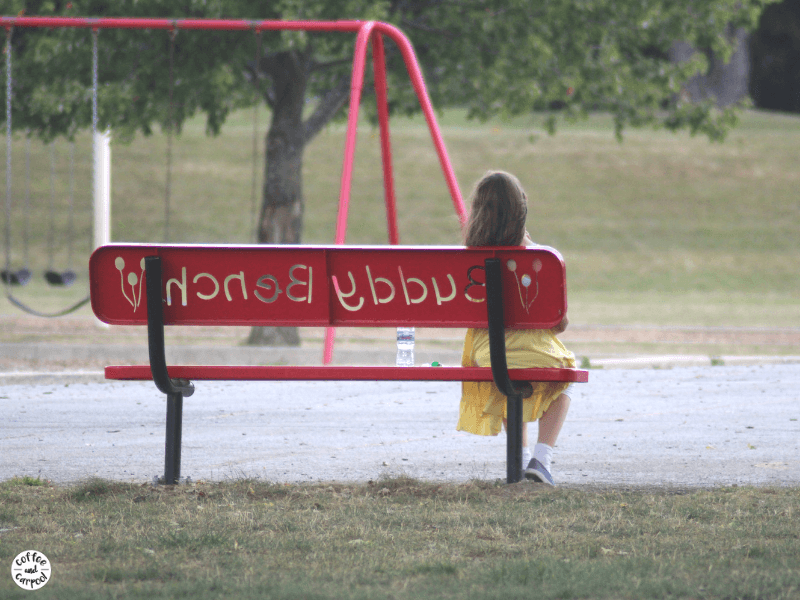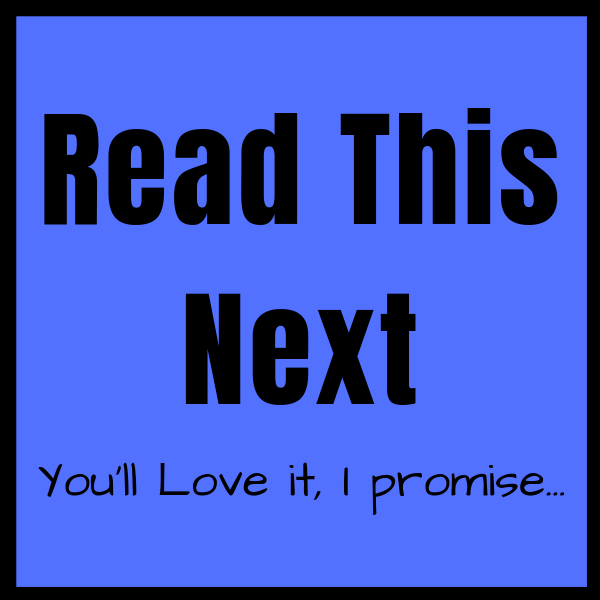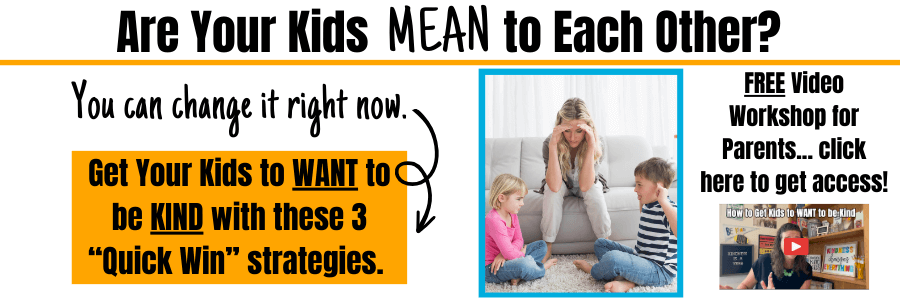Inside: Here are 4 simple ways to help kids with invisible disabilities and rare genetic conditions and speak and cat with kindness towards them.
Disclaimer: This is a sponsored post by Give Better and The Give Better Fund, but the opinions expressed in this post are based on my personal view.
My eldest daughter is the one out of ten people in America that has an invisible disability.
Looking at her, you’d never know she had a disability.
She overcompensates and adapts so well, that unless she’s in a brand new environment, it’s easy to overlook the signs that she might be struggling.
She doesn’t have a white cane. She doesn’t have a wheelchair. She doesn’t have a hearing aid, the “obvious” signs to the community at large that someone has a disability.
But, even if you don’t see it, she still has the disability.
She’s also one of the over 25 million Americans with a rare genetic condition.
But again, unless you knew her, unless you looked closely, you’d never know it.
So what is an invisible disability and why does it matter that you know about them?
InvisibilityDisability.org defines them as: a physical, mental or neurological condition that is not visible from the outside, yet can limit or challenge a person’s movements, senses, or activities.
As a society, we tend to give “grace” or extra patience to people we know are struggling. The man with the cane gets offered the seat. The woman in the wheelchair gets the door held for her. The child with Down Syndrome might be “forgiven” sooner than his peers for acting younger than they “should.”
But on the flip side, when we don’t know that someone has a disability, the extra kindness, the extra patience, and the grace tends to vanish.
I’ve heard so many stories of people pulling into handicapped parking spots and getting berated because they didn’t look handicapped enough.
And we’ve been told that my daughter was “disabled enough” to qualify for handicapped services while at a popular theme park.
So if we can raise awareness about invisible disabilities and rare genetic conditions, and learn how to interact with people in positive ways whether we know if they have a disability or not, then the world will be a kinder place.

How to Help Kids with Invisible Disabilities and Rare Genetic Conditions:
If one in ten people have an invisible disability, the probability is high you know someone with a disability but you don’t know it.
And if your kids are in school with 20 kids in their class, statistically there are 2 kids in their class who have an invisible disability.
But you may not know how to help your kids interact in a positive way with other kids who have disabilities.
So, here are 4 ways to help kids who have invisible disabilities and rare genetic conditions:
1. Treat them with kindness
As with all people, treat people with disabilities with kindness. But because you probably won’t know if someone has a disability, the best bet is to just be kind to everyone.
How? Kids can:
- cheer on a classmate when they do something hard.
- ask what they want to play
- share a book
- take turns with the supplies
- play fairly
- give a compliment
- greet a classmate
Related: How to Teach Kids to Be More Compassionate
2. Include them, Invite them
One of the loneliest things children with invisible disabilities deal with is not being included or invited to join in. But we can teach our kids to be includers, welcomers who ask kids to join the game or sit with the crowd.
Ask them to play.
Ask them to sit with you at lunch.
Ask them to join the game.
Ask them to come to the party.
Ask them to be your partner in the project.
Ask them to sit next to you on the bus.

3. Teach your Kids it’s Okay to Be Different
Different can sometimes feel scary…especially for kids.
Bullies choose kids to target who are different.
But if we teach our kids that it’s okay to be different, that all of our bodies work differently and that’s okay, the differences won’t be scary.
Related: How to Teach Kids Kids It’s Okay to Be Different

4. Help Find a Cure
Most invisible disabilities and rare genetic conditions don’t have a cure. Yet.
Many kids with invisible disabilities and genetic conditions will live their whole lives with their disability.
30% of kids with rare diseases won’t live to see their 5th birthday.
But together, we can help fix that. We can work together to work towards a cure.
I’ve teamed up with Give Better and Project Cure The Kids because they’re making it easier than ever to make a difference for people with invisible disabilities and rare genetic conditions, like Ellie. Finding a Cure for Ellie is this month’s featured non-profit benefiting people with LBSL, a rare genetic disorder that affects the brain and spinal cord.
Even a $5 monthly donation makes a huge impact and 100% of your donation goes to the people who need it most.
Click here to donate to A Cure for Ellie and you can be part of a team of other people who also want to make a difference in someone else’s life.
We can’t help all the kids, or help cure all the diseases and disabilities, but we can help this one.
Together, we can make a real difference in kids’ lives.
Disclaimer: This is a sponsored post by Give Better and The Give Better Fund, but the opinions expressed in this post are based on my personal view. @givebetterprojects #GiveBetter #Ad




Leave a Reply